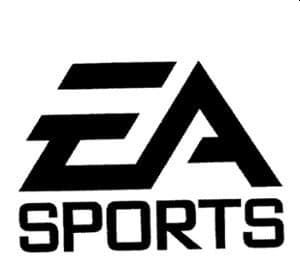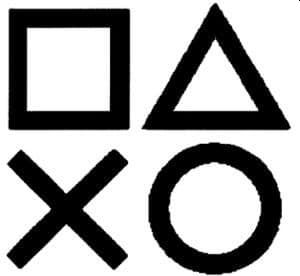While everything 'metaverse' and 'NFT' continue to dominate newsfeeds and cultural consciousness, the sleeping giant of gaming continues to lead all substantive metrics. Surpassing the value of the film and music industries, not only is the gaming industry continuing to grow its market and engagement but it remains an example of an industry in which the synthesis of artistic imagination and technological innovation fuse to create unique and multifaceted ecosystems. It is also a sector where intellectual property plays a critical role in the protecting investment and laying the groundwork to commercialise content when a game, its characters or underlying story go viral.
While future articles in our 'Games & Video Games 101' series will speak to the way in which copyright, patents, designs, contracts and non-disclosure agreements are equally important in protecting creative endeavour in the gaming industry, this article focusses on the humble, often underrated, but essential trade mark.
A registered trade mark provides its owner with a legal right and monopoly to the use of a particular sign in relation to specific goods or services. In the gaming context, trade marks could assist in protecting company, studio and brand names, logos and icons, game or franchise titles, the names and images of main characters or the worlds they inhabit, distinctive sounds, memorable animation, catch phrases, slogans and potentially aspects of packaging, 'get up' and shape of controllers and gaming systems.
In order to secure registration as a trade mark a sign needs to meet the requirements of the particular jurisdiction where protection is desired. Universally this includes the sign being different (from other trade marks) and distinctive (that is, not descriptive in relation to the goods or services sought to be protected).
Examples of registered trade marks in the gaming context include:
- TM No.1002190 by Electronic Arts Inc.

- TM No.1970733 by Epic Games, Inc.

- XBOX – TM No. 831979 by Microsoft Corporation
- TM No.1348534 by Sony Interactive Entertainment Inc.

- GOTTA CATCH 'EM ALL! – TM No. 2229104 by Nintendo Co., Ltd.
- TM No. 2248443 by Nintendo Co., Ltd.

- GRAND THEFT AUTO – TM No. 1249907 by Take-Two Interactive Software, Inc.
- Tetris Theme Song – TM No. 1146631 (link here) by TETRIS HOLDING, LLC
- TM No. 1142057 by Sony Interactive Entertainment Inc.

Not only are trade marks valuable business assets, but seeking and securing registration is often seen a practical demonstration that a studio/individual behind a game is to be taken seriously – a reassuring sign for investors. A trade mark can act as a sword (to restrain unauthorised third party use) or a shield (to ensure an ability to use) as well as a cost effective insurance policy to allow for decisive enforcement action if required.
Registration sends a message to the broader market and competitors alike that they should steer clear of any sign that is the same as or similar to the trade mark lest they wish to become the focus of infringement proceedings. Furthermore, trade mark owners are able to license their rights for use by third parties, for example, in relation to merchandise and, unlike other intellectual property rights, trade marks can be renewed indefinitely.
Key takeaways
- Seeking and securing trade mark registration is an early and important consideration for all players in the games and video games industry.
- Registered trade marks provide a cost effective and efficient means to restrain unauthorised third parties from using the same or similar signs and can also establish a firm basis for licensing merchandise incorporating names, characters and catch-phrases.
- Trade mark registration will ensure studios/individuals are in a better position to defend themselves, should disputes arise.
The content of this article is intended to provide a general guide to the subject matter. Specialist advice should be sought about your specific circumstances.


